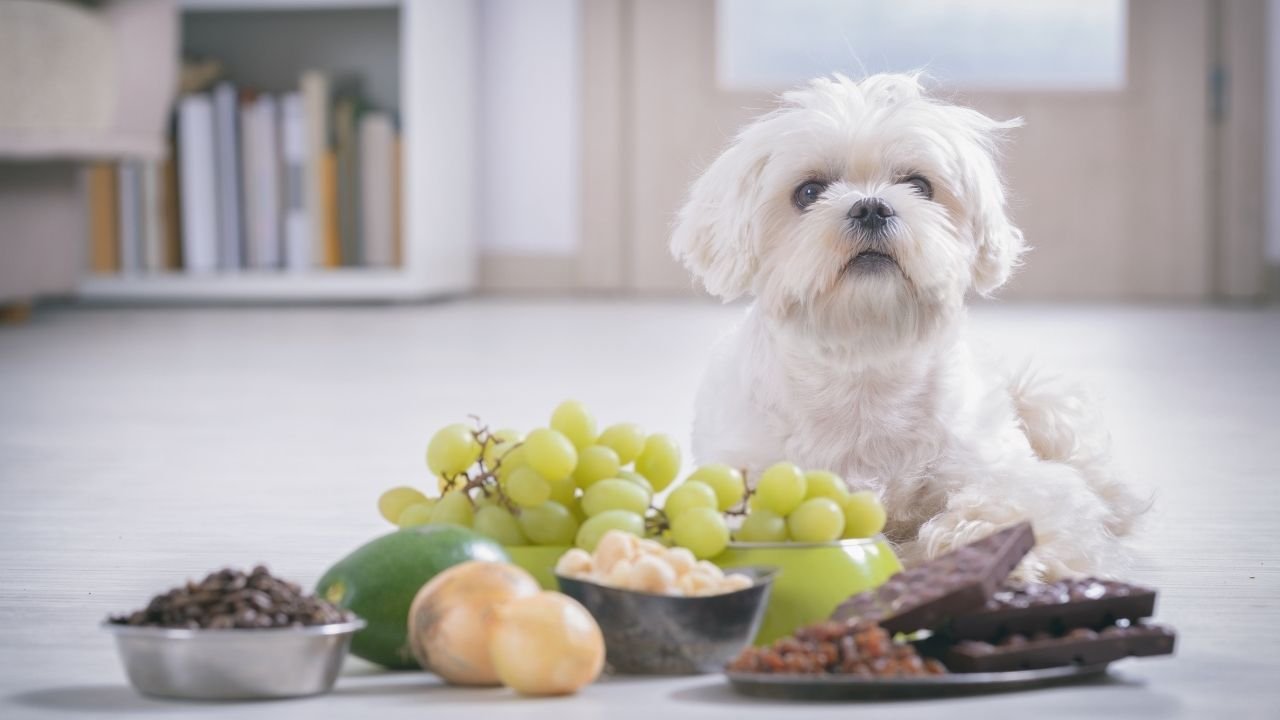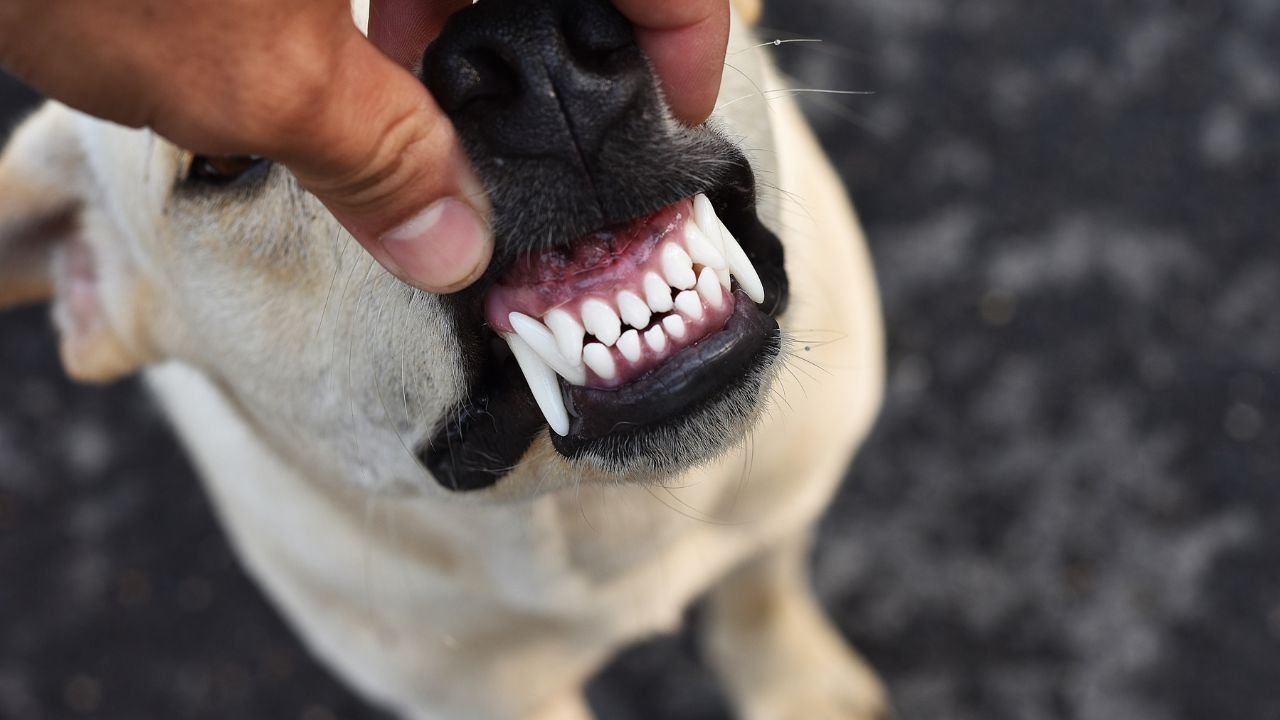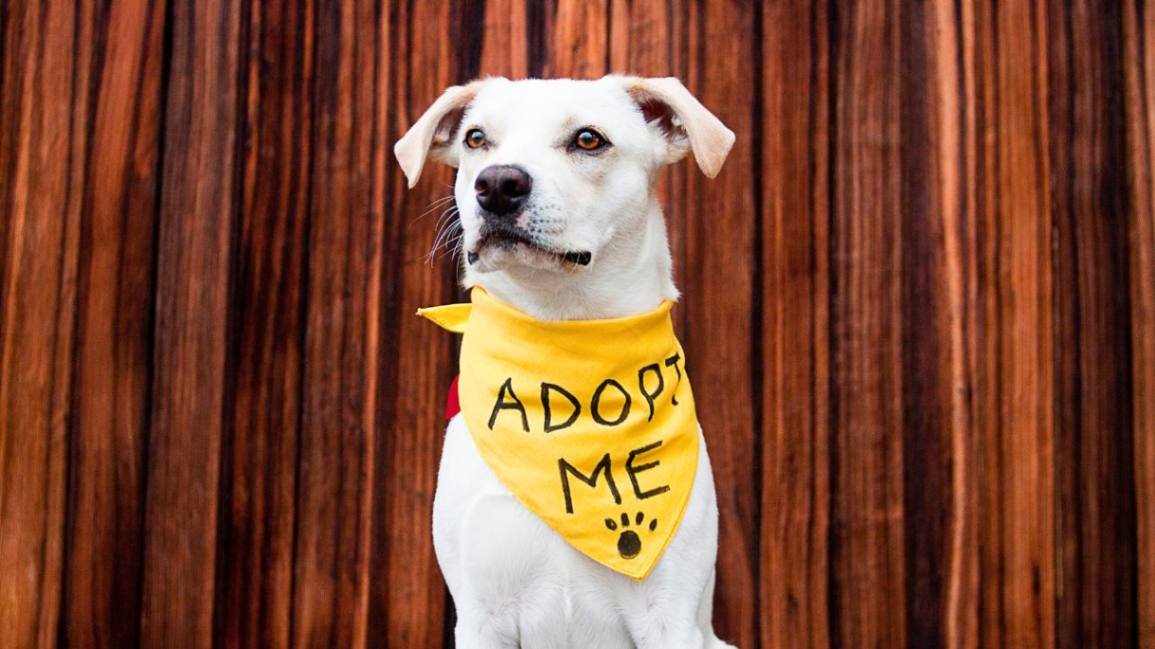Tender Loving Pawz is supported by its audience. When you purchase through links on our site, we may earn an affiliate commission at no cost to you. Here’s how it works.
Welcoming a new pup into your fold can be quite exhilarating. But it’s also overwhelming for any new puppy owner. And unfortunately, whether you like it or not, you’re bound to bump heads at some point. In fact, this could worsen if you’ve never had the chance to live with a furry friend ever in your life. That’s why, after weeks of research, we finally came up with a list of the top 5 first-time puppy owner tips to help you guys co-exist and create a healthy bond.

Top 5 New Puppy Owner Tips: A Complete Guide
Ready to bond without getting on each other’s last nerves with your furry friend? Well, our puppy care checklist will help you avoid common mishaps and build a happy, harmonious relationship!
1. How to Prepare Your Home
Let’s start with the basics—your house! Now’s the perfect time to ensure your new roommate is comfortable and feels right at home. Start by pup-proofing your entire living space. Go straight for the most chewable thing for puppies: wires! Secure any live wires or cables lying around the house to prevent chewing hazards. Then, if you are a plant-lover, ensure you’ve done enough research on your plants to know if they could be toxic to your new best friend. Remove any that might pose a danger to them.
Next, gather essential supplies. A puppy starter kit is an incredibly helpful item for new pet owners to start with. This kit includes some of the essentials, such as pet beds, food bowls, slow feeders, water bowls, and chew-proof toys– items you’ll need to ensure your puppy has everything it’ll need. With your kit ready, pick out a designated sleeping and feeding area that is quiet and with low traffic to provide a warm and welcoming environment.
Of course, don’t forget to include a ton of toys to keep your little fella entertained and mentally stimulated. Now that the home prep is ready, let’s move on to the next tip.
2. How to Create a Daily Routine for Your Puppy

Puppies love and thrive on routines. Well-structured routines help them get accustomed to their new environment more easily. This will include setting fixed schedules for feeding, potty breaks, walks, and playtime. Start by feeding your puppy around the same daily times to create a regular food time routine. Additionally, schedule potty breaks consistently to help with their house training.
Maintaining daily routines together should be at the top of your priority if you really want this routine to stick. But if your job or business takes up most of your time, consider booking puppy walks or puppy daycare services from a reliable company. That ensures your little lad gets the attention and the workout it needs throughout the day.
3. Essential Training Tips
Training your puppy is not as easy as most trainers make it out to be. This process often requires a lot of patience and dedication. First, teach your puppy simple commands such as sit, stay, and come. You can add training supplies, such as whistles and clickers, which can aid your training efforts. Then, use positive reinforcement, such as treats and praise, to encourage noticeable good behavior. Leash training is one of the most crucial first training tips a new puppy owner should begin with—practice in a controlled environment for the first few days long before you decide to head out.
You should also determine whether your puppy has any socialization skills. If not, gradually introduce new environments, people, and other pets while monitoring your fur baby’s behavior. This should help reduce discomfort, fear, or, in extreme cases, aggression. Additionally, other common behavioral issues, such as chewing, jumping, or barking unnecessarily, should be closely monitored with patience.
Remember to include as many chewable toys as possible to reduce the chances of your puppy chewing on the wrong item in the house. Any training primarily focused on these specific traits in your fur baby will most definitely encourage good habits and a happy coexistence.
4. Feeding and Nutrition
Believe it or not, your puppy requires a well-structured diet plan- not just treats! Yes, you heard that right! As a new puppy owner, it is crucial to know that your puppy’s nutrition is quite important. Take your time to properly understand the dietary needs of your new best friend. And once you’ve properly grasped it, consider between wet, dry, raw, freeze-dried, and homemade food. Of course, each of these has varying benefits. Finding the best choice depends on your puppy’s age, breed, and diet needs.
Above all, investing in high-quality puppy food, good-quality water, and food bowls is advised to ensure each meal is nutritiously hygienic and in an easy-to-use bowl. Unfortunately, some common mistakes new puppy owners make include overfeeding and treating their little ones with too many treats.
It is crucial to remember that not every cry from your puppy is because it is hungry. Sometimes, it could simply want attention, be a sign of excitement, or be a reaction to a bug in the house. Follow portion guides to avoid obesity in your puppy
5. Grooming and Healthcare
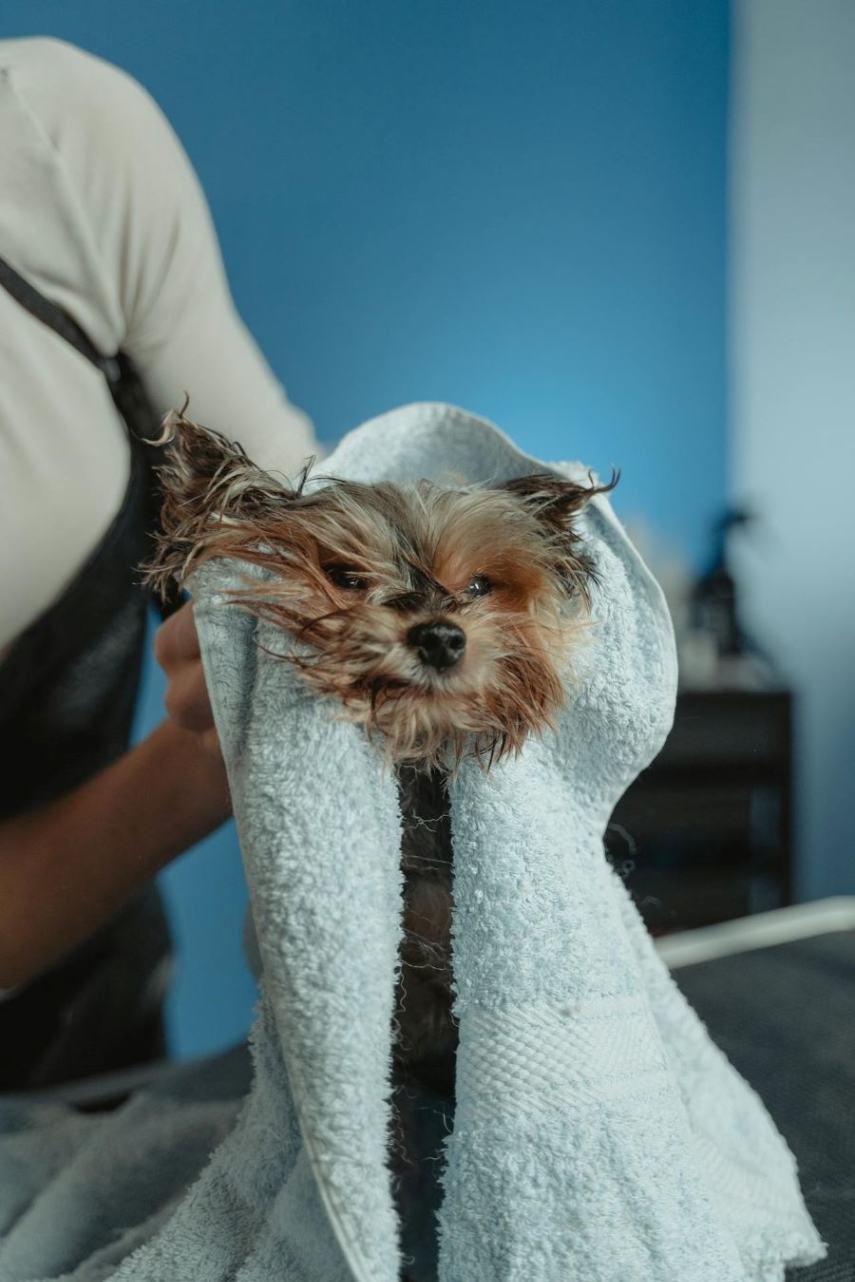
Finally, let’s chat about your puppy’s grooming and healthcare. We cannot end this list of new puppy owner tips without adding these topics. Puppies shed their fur (unless they are hypoallergenic)—even the not-so-fluffy ones—way too many times than we care to admit. And it’s sometimes shocking for new puppy owners when they see that their fur baby needs a grooming routine. Well, surprise! A simple bath once in a while will not cut it anymore.
Firstly, your puppy’s nails need trimming. Aside from that, their teeth need brushing, too! Filing down your puppy’s nails will help reduce any discomfort and overgrowth.
Cleaning their ears prevents infections, and more importantly, you need to update your puppy’s vaccinations to prevent common diseases. Regularly check your puppy’s skin, coat, eyes, and weight to become familiar with the signs of a healthy dog. Whenever possible, talk to your vet when you notice any changes. It doesn’t hurt to be an overly cautious puppy parent!
Bonus Tip: Pet Insurance
Nobody told us this when we brought home our little fella for the first time; we had to figure it out on our own. Puppies are predisposed to injuries, sudden illness, etc. Puppies love to play, which can lead to an accident, which means several visits to the vet. While we were fortunate not to have this happen, we took precautions to get our little Demo insured immediately. Either we pay hundreds, maybe even thousands, out of pocket, or we have peace of mind knowing the visits will be covered.
That’s why pet insurance is such a lifesaver. With reliable pet insurance, you are guaranteed complete coverage of your puppy’s treatment in case of accidents, illnesses, or even a simple check-up at the nearest vet.
Conclusion: Building a Happy Life with Your New Puppy
Well, there you have it! Focusing on these key areas creates a nurturing environment for your fur baby. Remember to be patient and consistent as you build a bond with your puppy, these efforts pay off eventually.
For additional support and resources, subscribe to our newsletter via the form below. We continue to share helpful guides, tips, recipes, and more! If you are local, please be sure to contact us to inquire about our pet care services.
